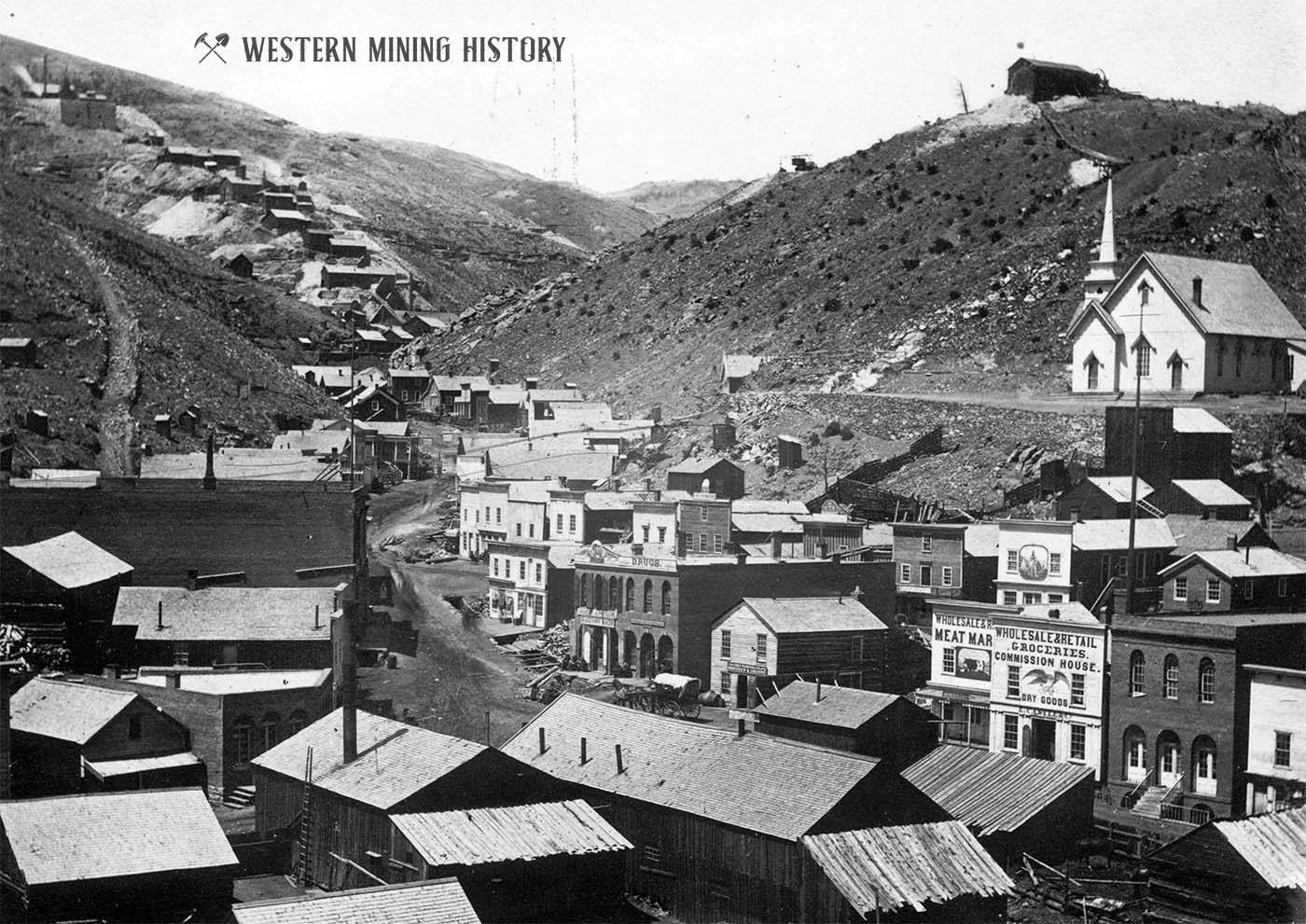Black Hawk History
Black Hawk is located near the bottom of what was known as "Gregory Gulch", which was the location of the first major lode gold discovery in the Rocky Mountains. The site of Black Hawk has special significance in that this is where John Gregory discovered the first flakes of gold in what would become the most important mining district in Colorado for the following two decades.
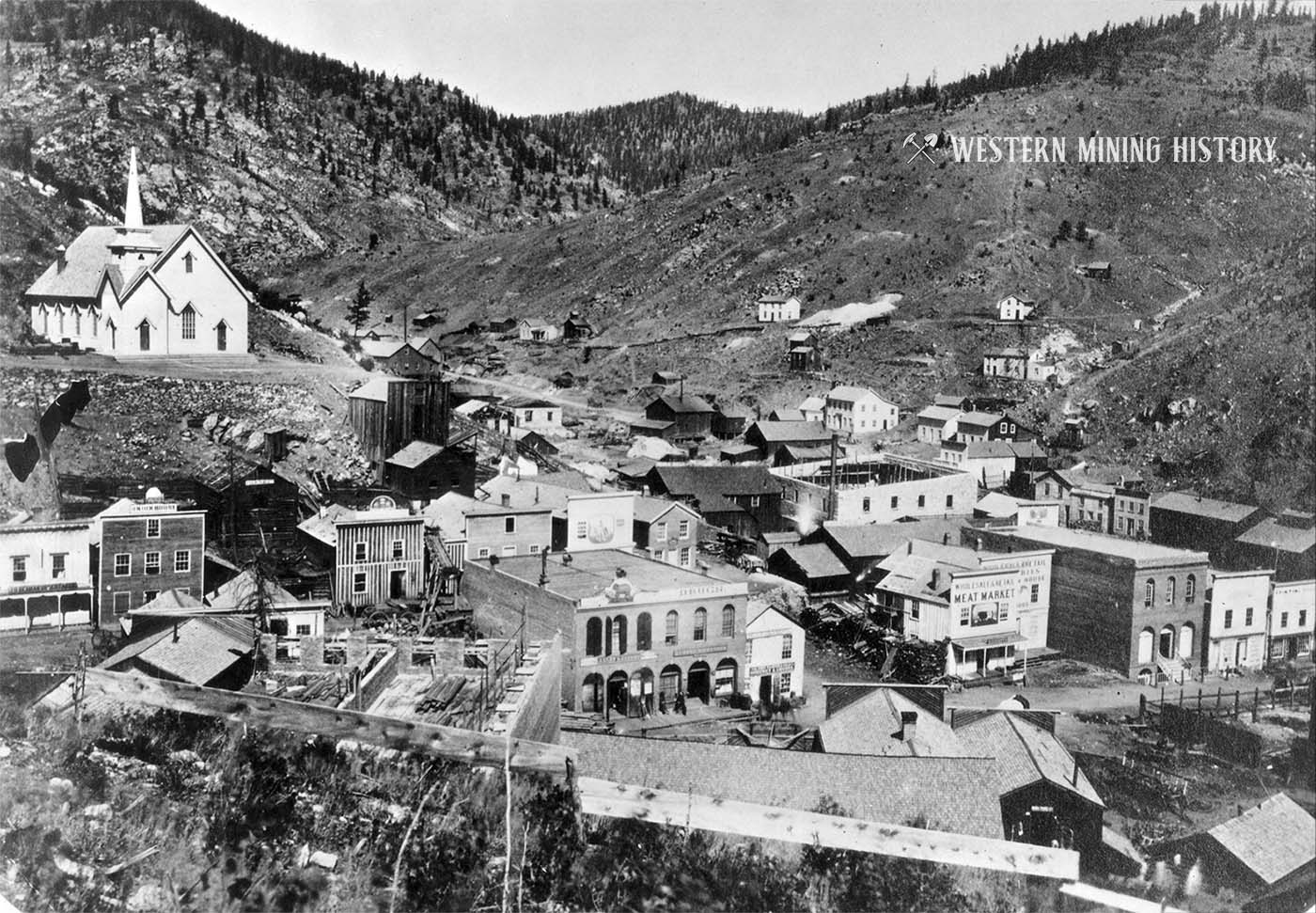
Like nearby Central City, the town Black Hawk got its start in 1859 after gold was discovered in Gregory Gulch. Black Hawk was known as the "City of Mills". Its location at the bottom of the gulch meant more water, and water was required to run the mills and smelters that separated the gold from the ore. Hence, Black Hawk took its place as the industrial center of the district.
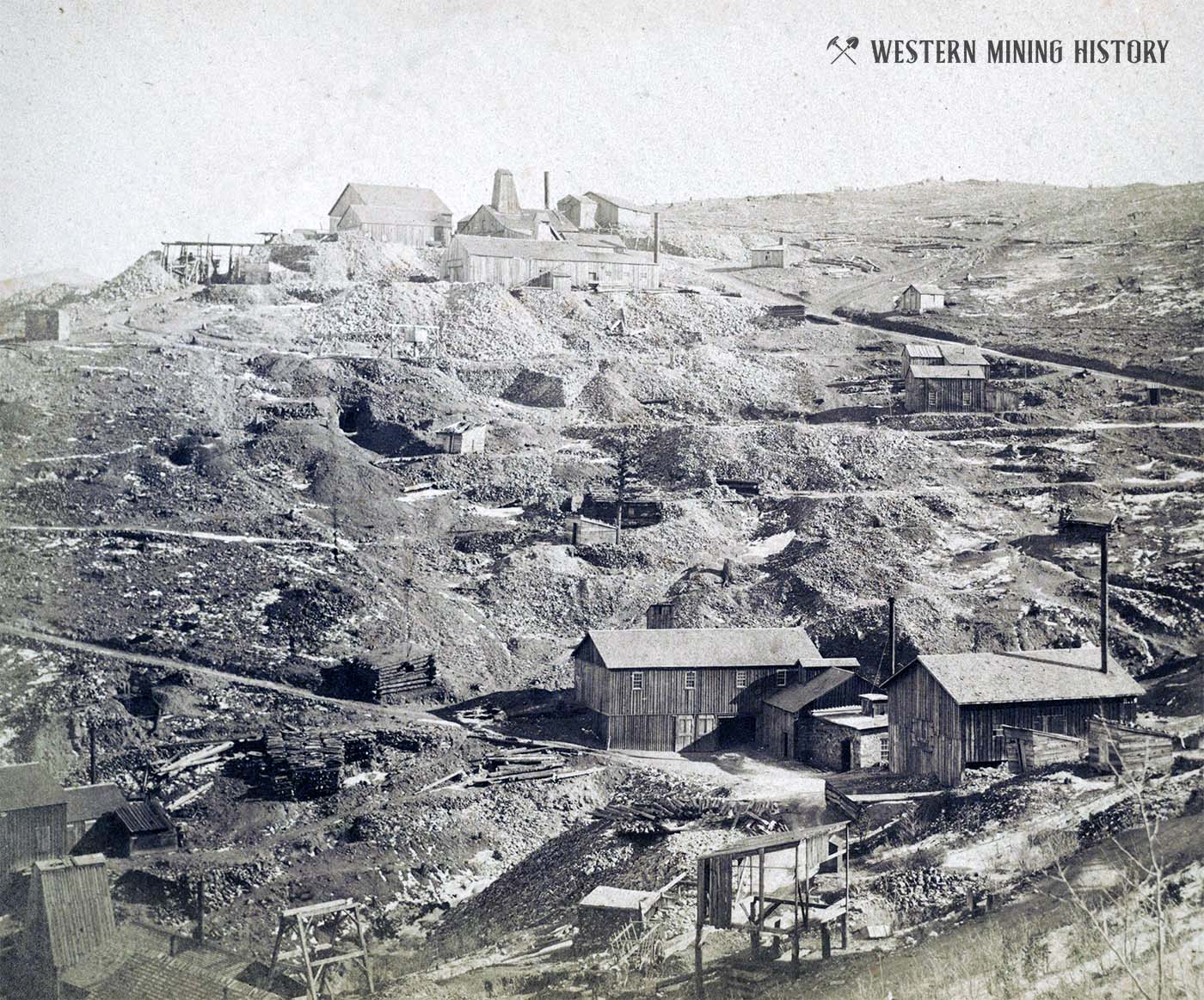
A New York Times article from 1884 described the towns in Gregory Gulch as they were in 1862:
In 1862 there had developed a considerable population in Central, Black Hawk, and Nevada - three (and yet a single) mining centers in Colorado, some thirty or forty miles from Denver, above the Clear Creek forks, in Gilpin county. These towns were distinct, so far as local government went, but fairly overlapped each other, so closely were they crowded in the gulch down which they straggled - private residences, stores, saloons, quartz-mills, and reduction works thrown in helter-skelter.
From Nevada, a mining camp in Nevada gulch, to Black Hawk, via Central City, there was but one main roadway, up and down which every day in the year there were two unending processions of quartz wagons bringing down auriferous ores to the mills, and toiling up and back to the mines for fresh cords of the precious rock. It was something like four miles from Nevada to the lower part of Black Hawk by this road, which formed, of course, the main street in each of these industrious towns, and along which, in the busiest portions, was centered the business population.
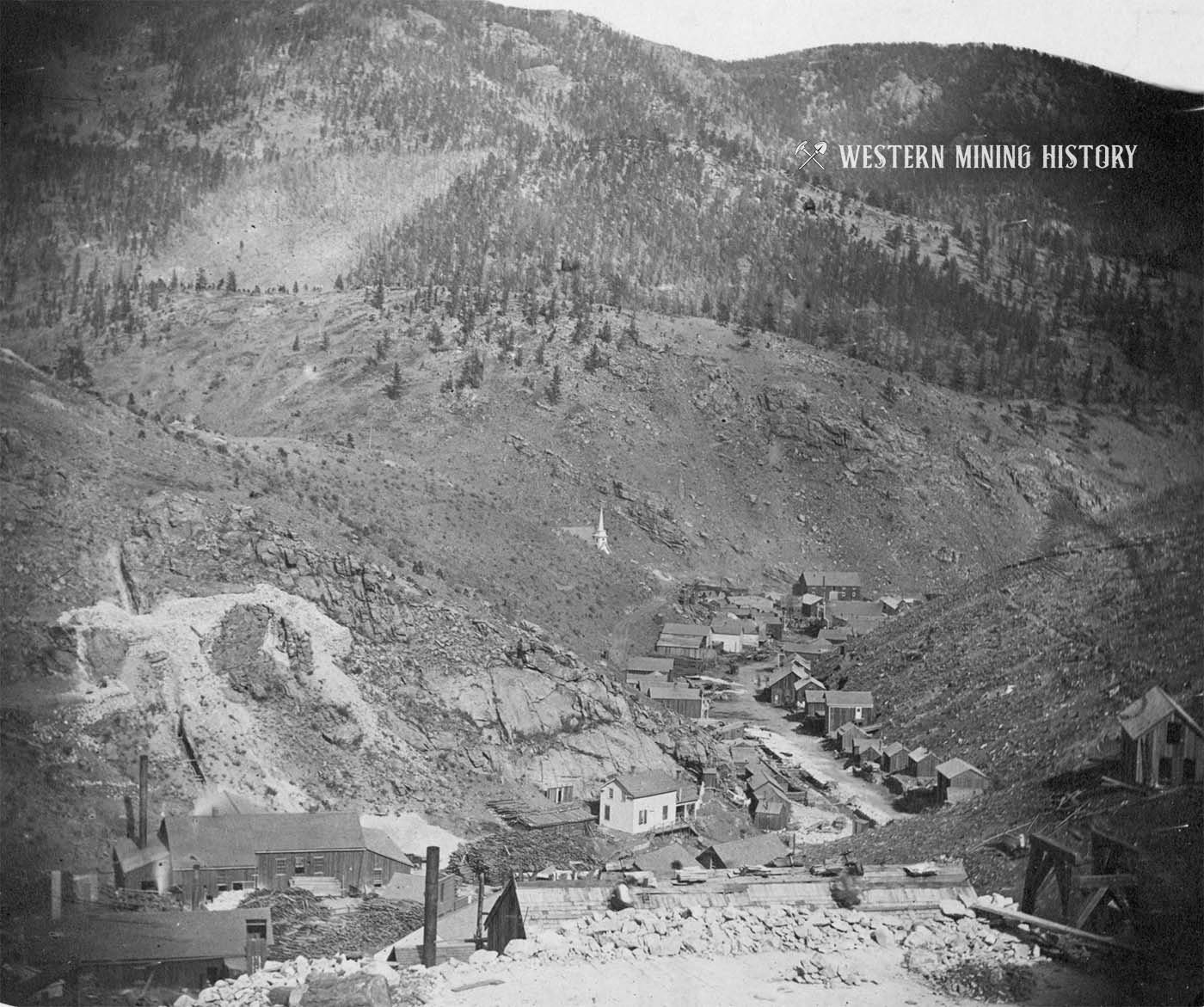
As the location of Colorado's first smelters, Black Hawk became what was arguably the most important town in Colorado in the late 1860s. The mining industry of the region were experiencing a downturn as most of the placer gold had been recovered, and the ore from the hard-rock mines was proving to be difficult to process with existing milling technology.
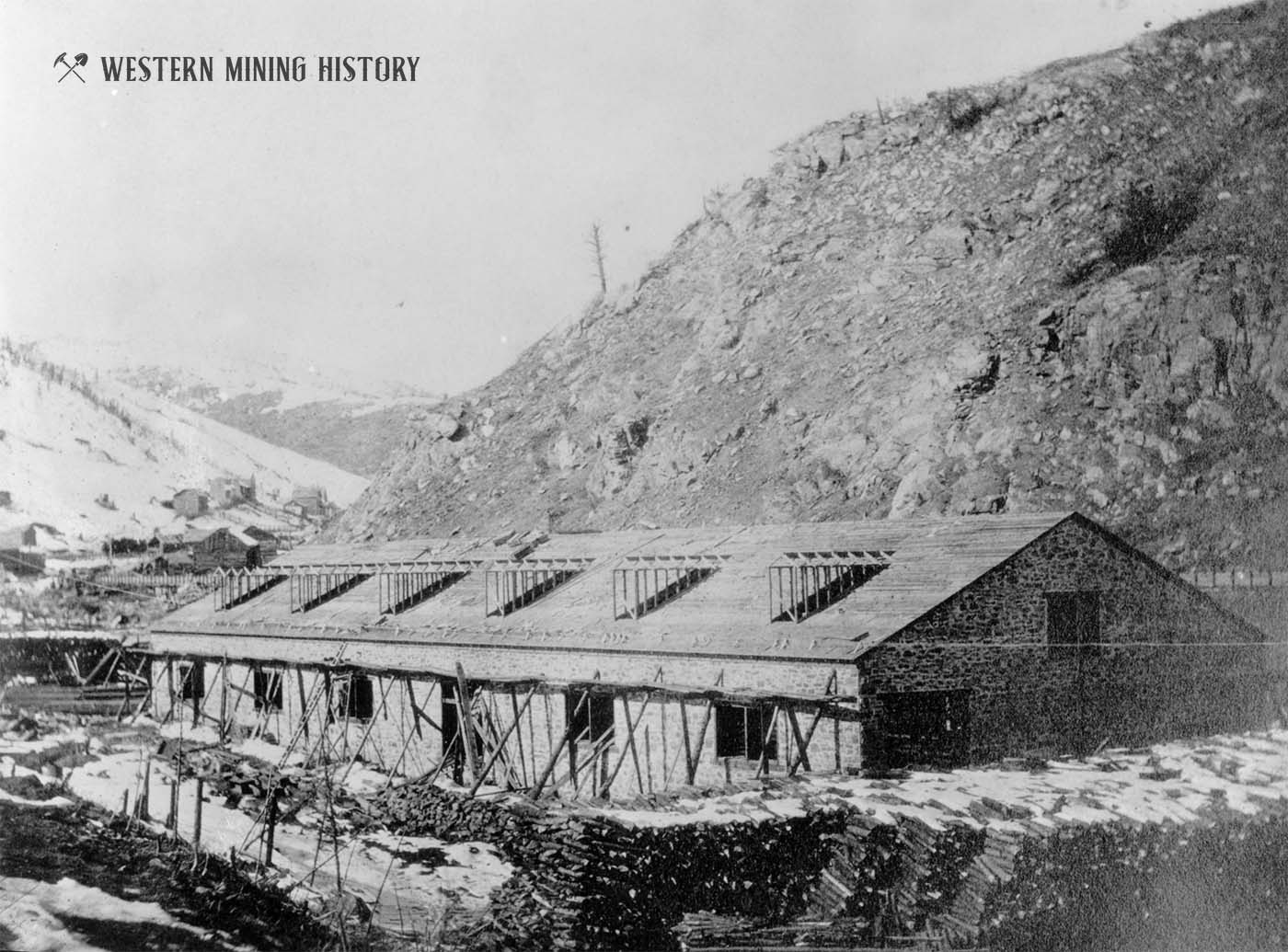
In 1865 James E. Lyon built the first smelter in Black Hawk, but it struggled to operate efficiently. Nathaniel P. Hill, a chemist and mine owner in Colorado, worked for Lyon as a consultant on that first plant. With the lessons of the plants failure fresh in his mine, Hill traveled to England to study the "Swansea process" that was being utilized at smelters there.
Hill returned to Colorado, and with the backing of Eastern capital he built Colorado's first successful smelter at Black Hawk. This new plant revitalized the mining industry, and established Black Hawk as the Rocky Mountain's first smelting center.
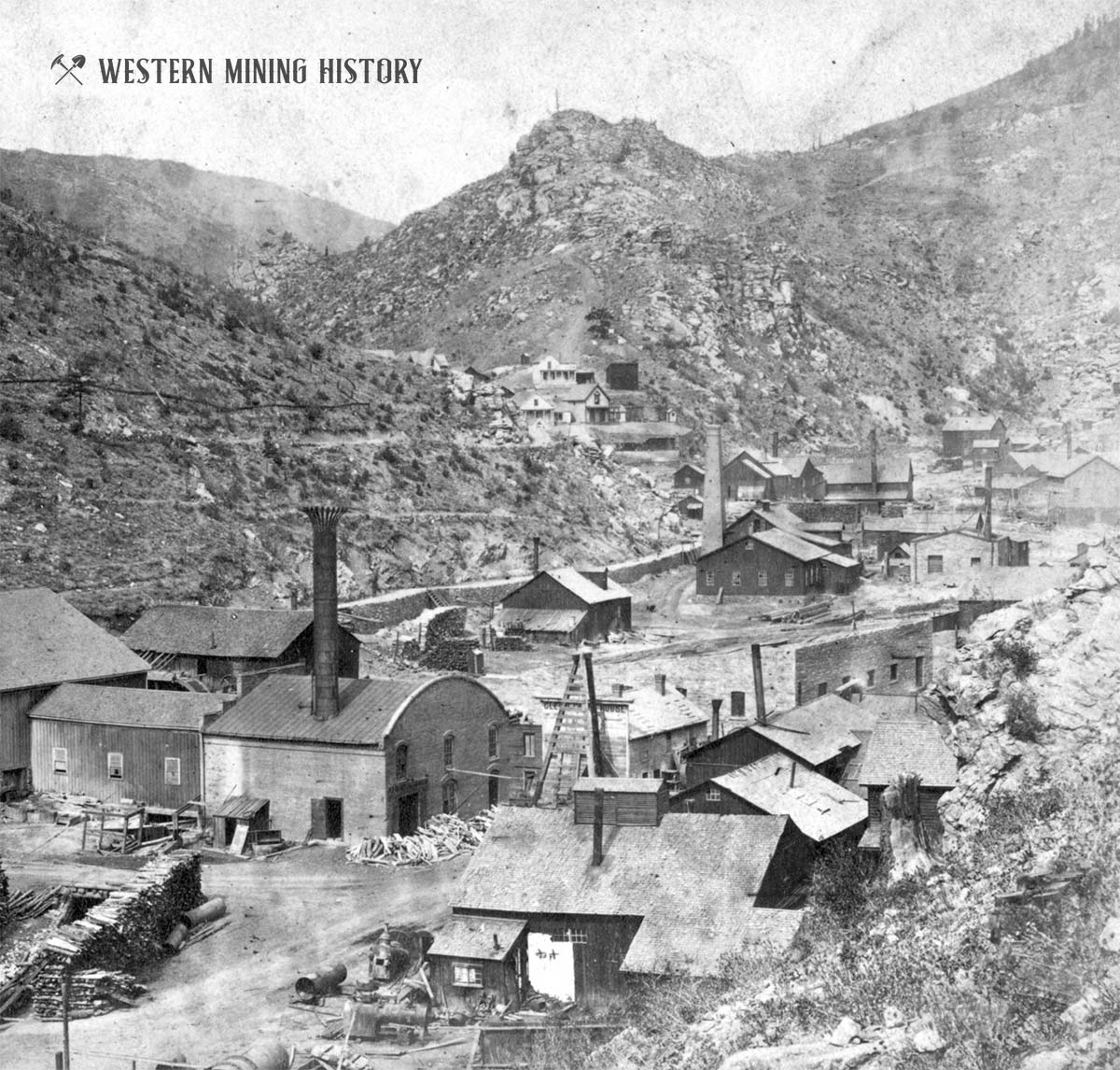
The mines of Black Hawk and Central city were the center of what was referred to as the "Richest Square Mile on Earth". This was the economic center of Colorado for nearly two decades, and Black Hawk was the primary milling, smelting, industrial, and supply center. The town was also the location of the territory's first foundries built for the purpose of fabricating mining equipment.
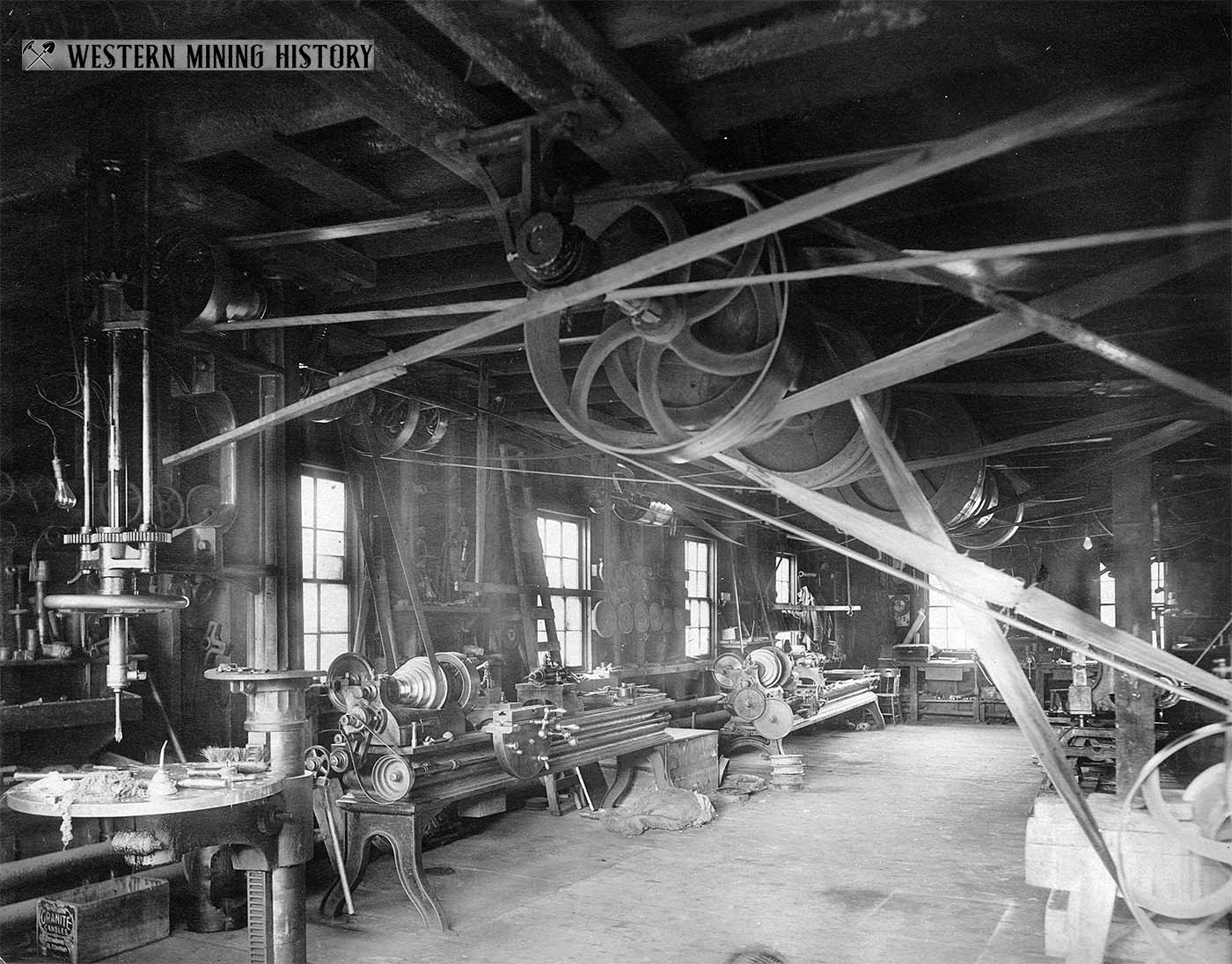
The town thrived during this period, with a population of over 2,000. It may have become the primary city of the Gregory Gulch mines, but the physical restraints of the narrow canyon it was situated in pushed a lot of development up the gulch to Central City. Black Hawk was also prone to flooding, which ultimately would contribute significantly to its decline.
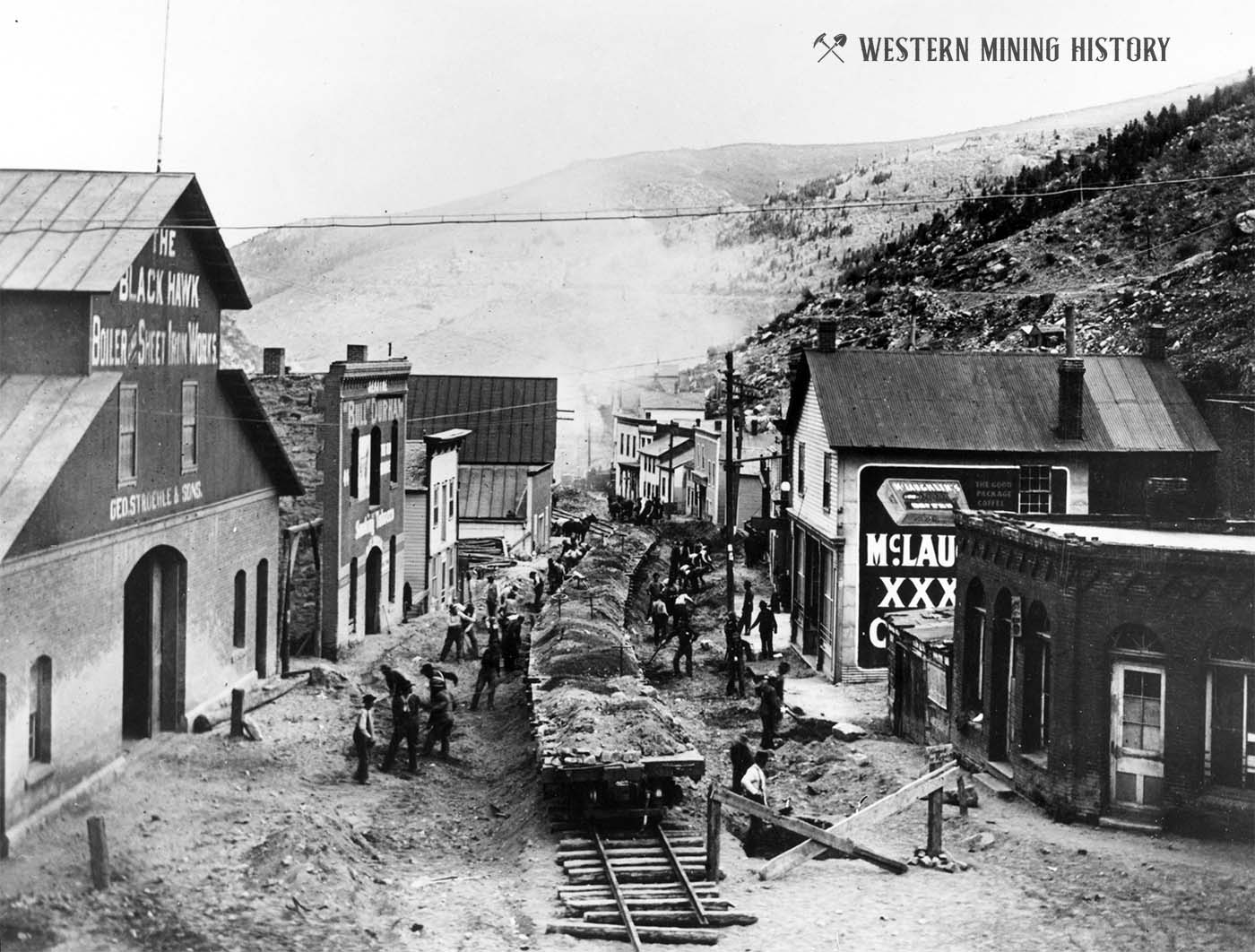
Black Hawk was hit particularly hard by the downturn of the mining industry. The combination of poor economic conditions and recurring floods resulted in severe deterioration of the mining-era town. In 1991, legislation was enacted to allow gambling in Black Hawk in an effort to revitalize the local economy.
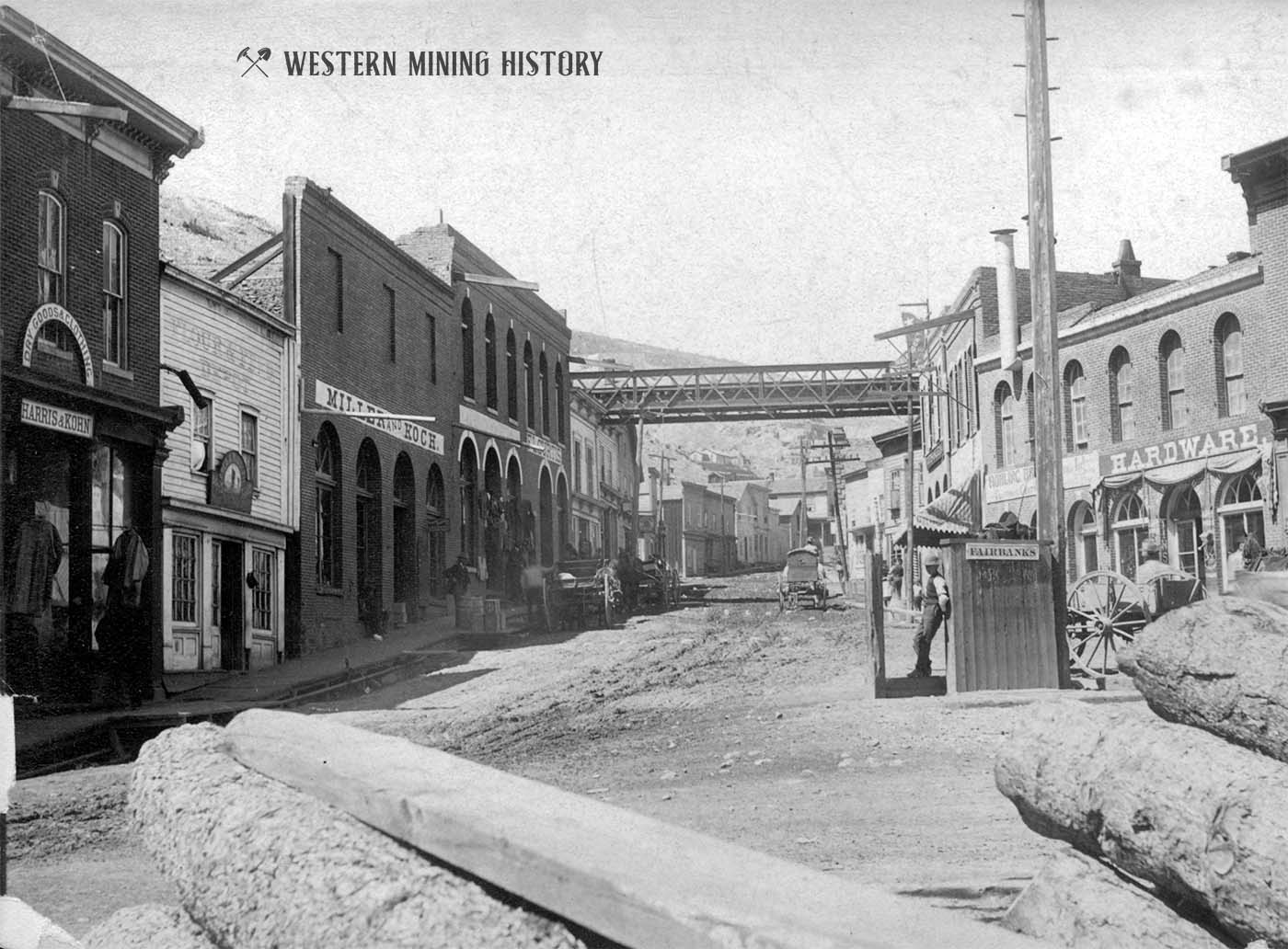
Gambling Transforms Black Hawk
Note: I last visited Black Hawk in 2006. My impression at the time was that although the gambling industry had drastically altered the character of the town, it was a necessary transformation in light of the lack of economic opportunity after mining ended in the area. However, I gather from comments made online that even more extensive development has occurred and many people are not happy about what the town has become. I do not know if this new development has come at the cost of historic structures being destroyed.
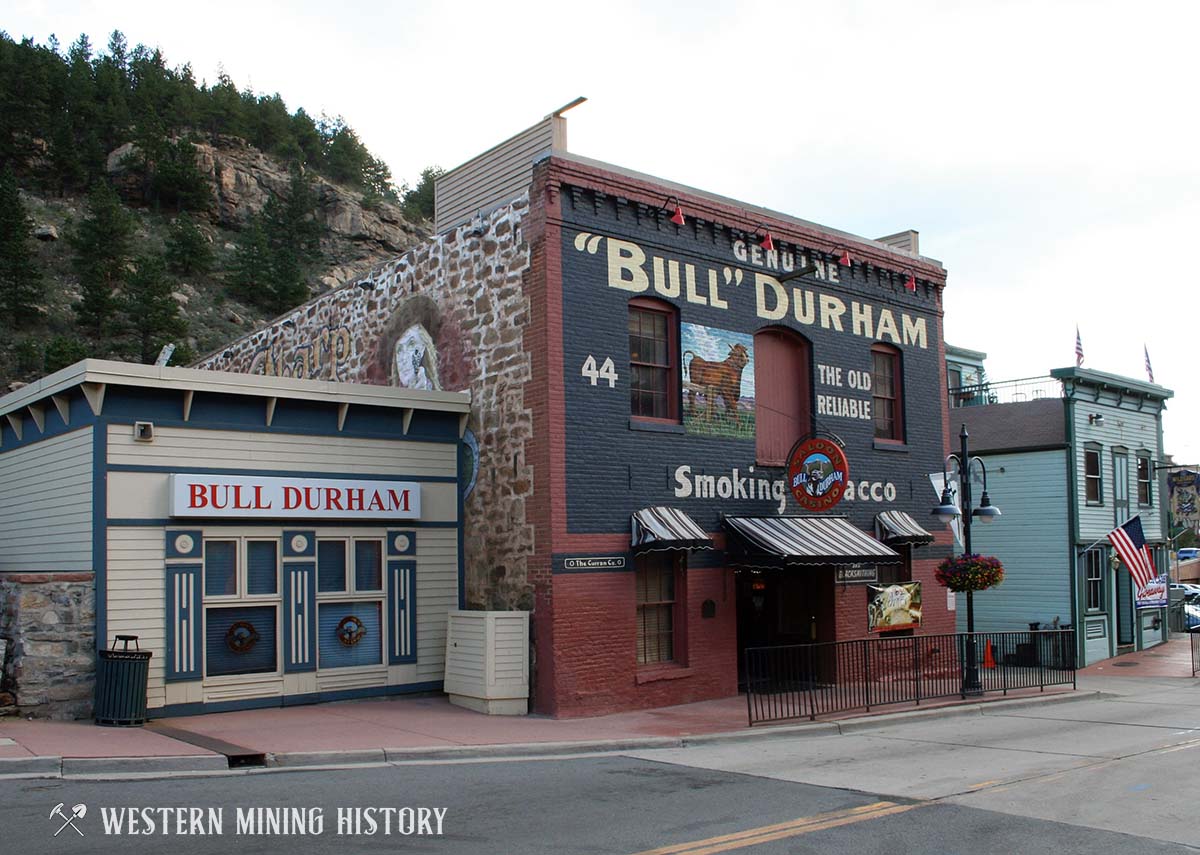
The following is the statement I made after my 2006 visit, a statement that may need updating after a subsequent visit:
Black Hawk is unique among mining towns in that the gambling economy has not just revitalized the town, it has completely transformed it into something unique. The town sits in a narrow valley and space is at a premium. However, the gambling brings in so much money that massive earth moving operations have changed the shape of the canyon to allow large casinos. Many casinos have an odd long and narrow footprint to fit the available space in the valley.
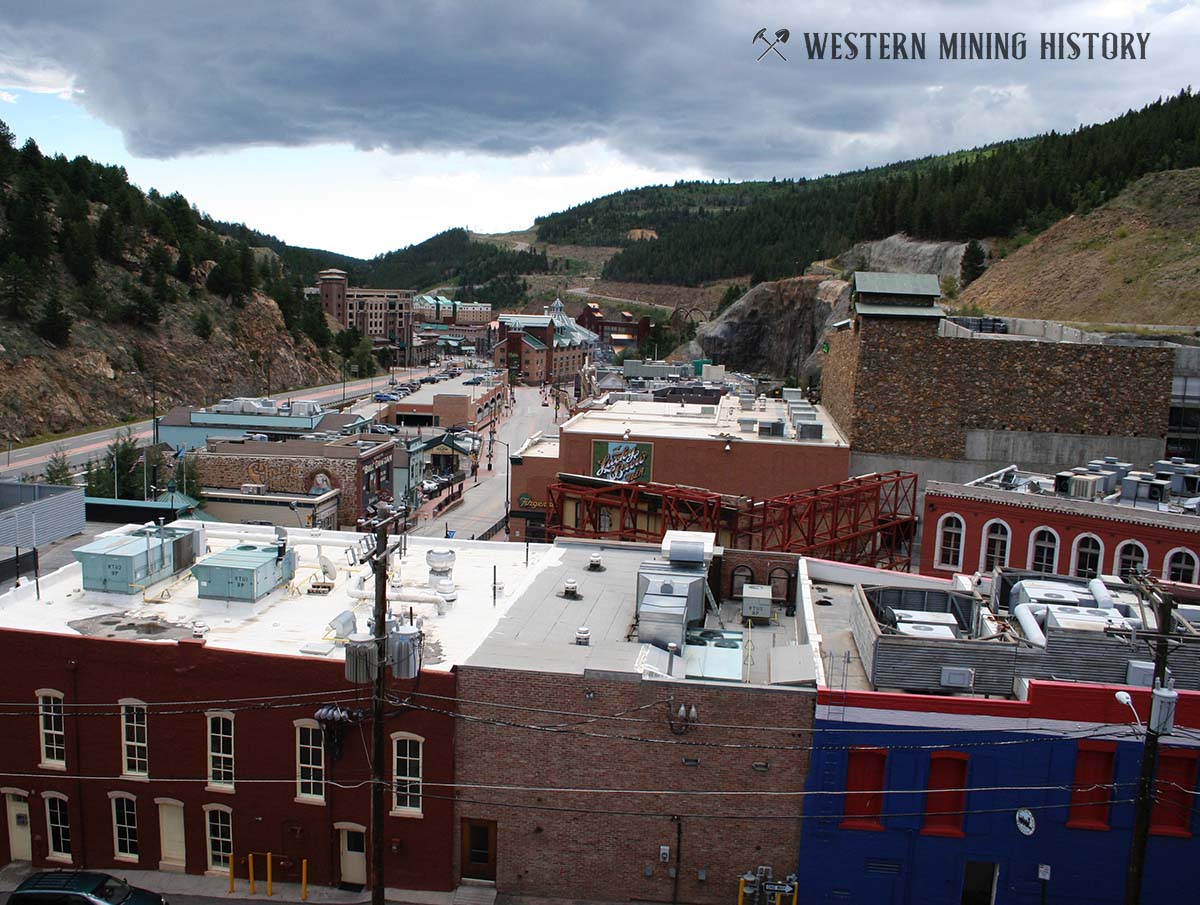
Almost the entire town has been rebuilt - roads, utilities, retaining walls - everything. Historic homes have been painstakingly moved out of the paths of casino development and into newly terraced neighborhoods on the hill. The town has become an amazing scene of rebirth and development (at some cost to historical integrity) and is an amazing thing to behold.
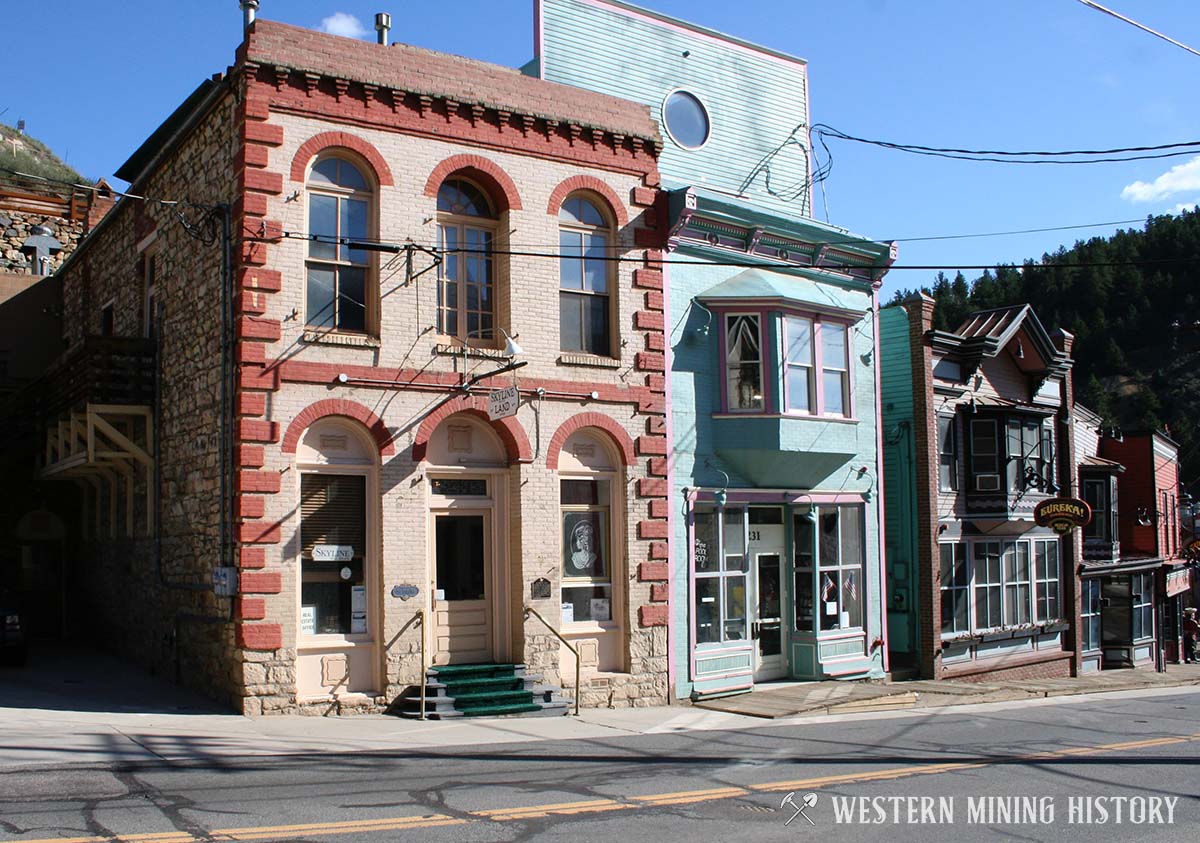
Gathering Gold: The Mines of Bobtail Hill
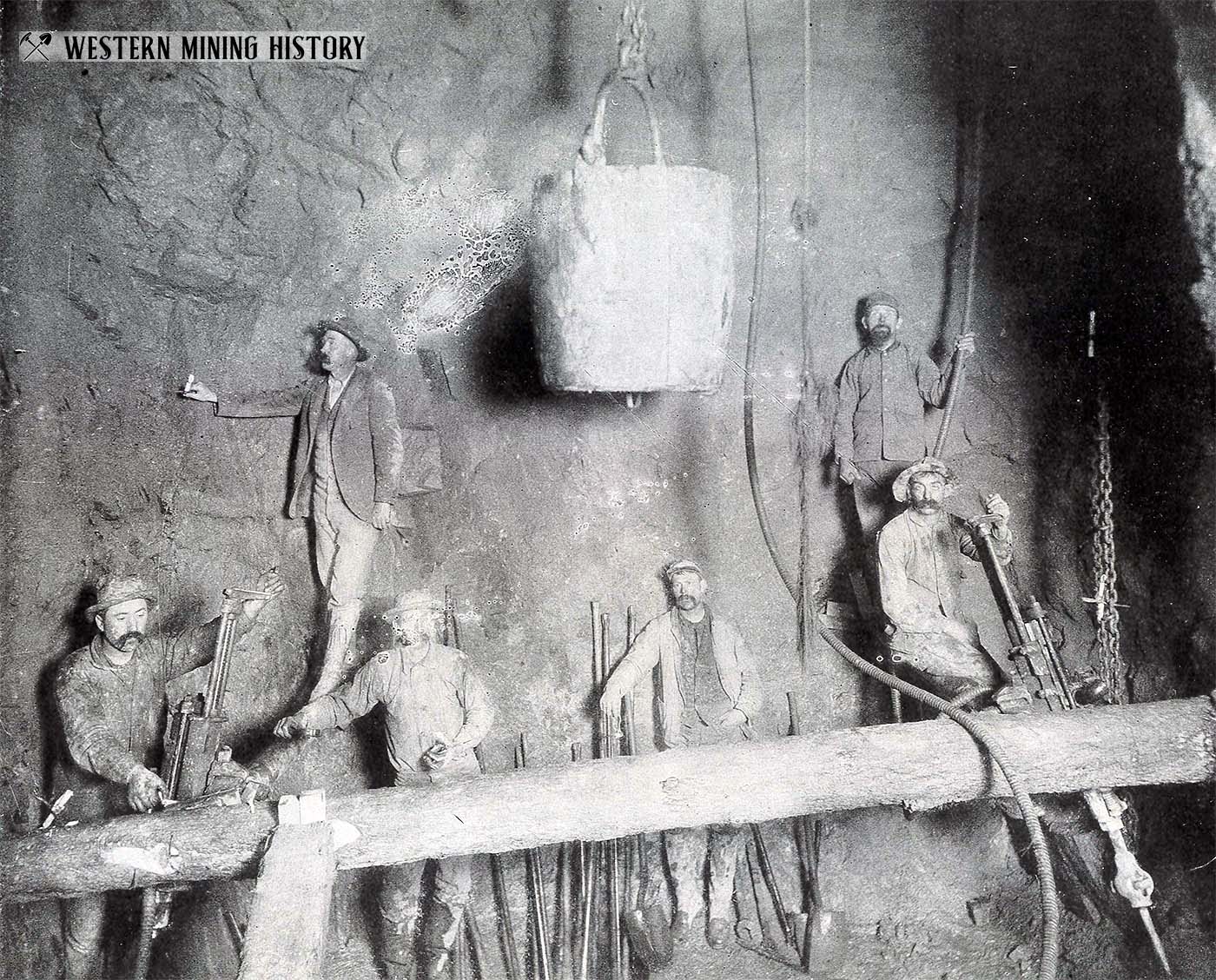
For members: “Gathering Gold – An Illustrated Treatise on Modern Methods of Operating Gold Mines and Marketing Their Product” by General Frank Hall gives a fascinating look at the mines of Bobtail Hill at Blackhawk, Colorado around 1900. Read more...
A Tour of Colorado Mining Towns
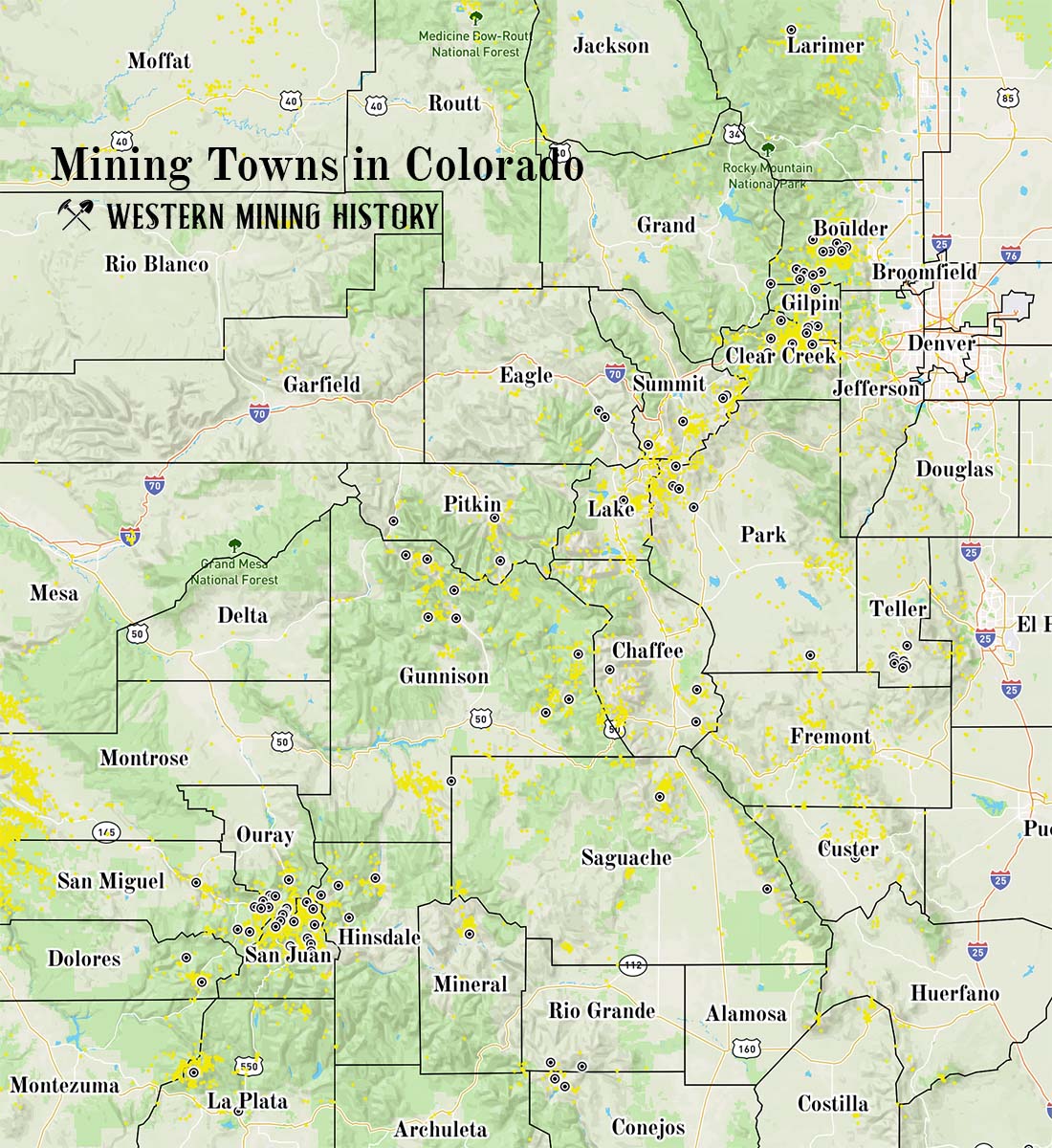
Explore over 100 Colorado mining towns: A tour of Colorado Mining Towns.
Colorado Mining Photos
More of Colorado's best historic mining photos: Incredible Photos of Colorado Mining Scenes.
